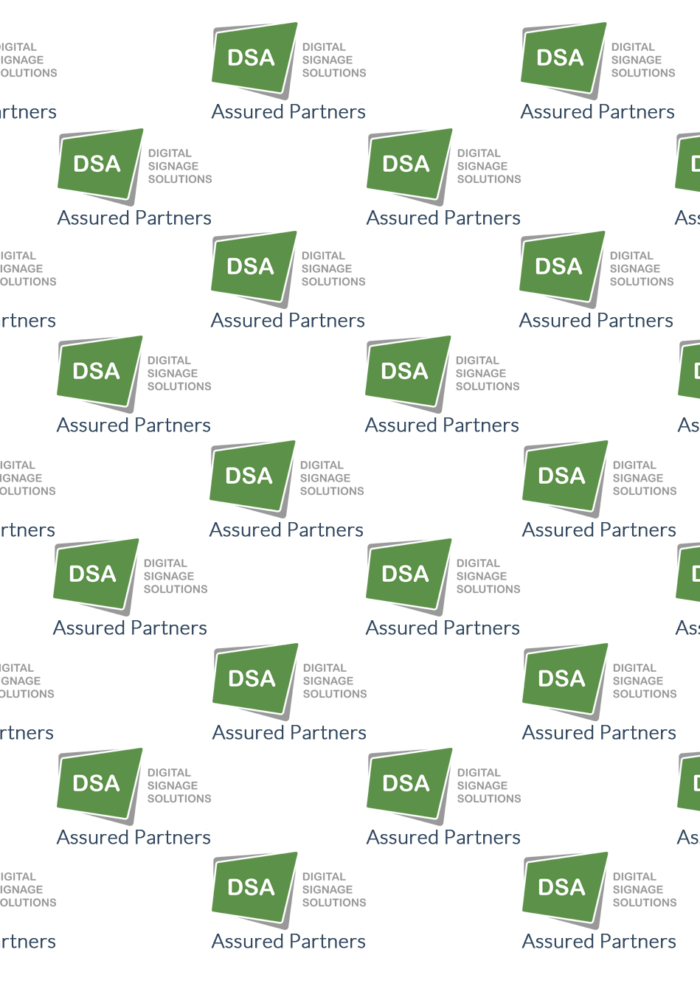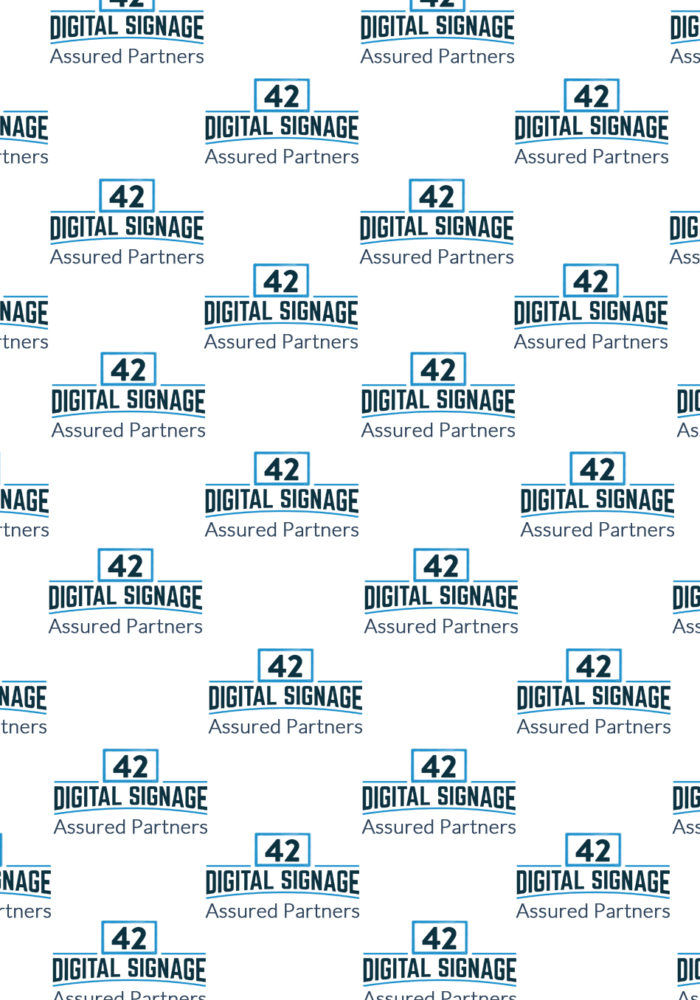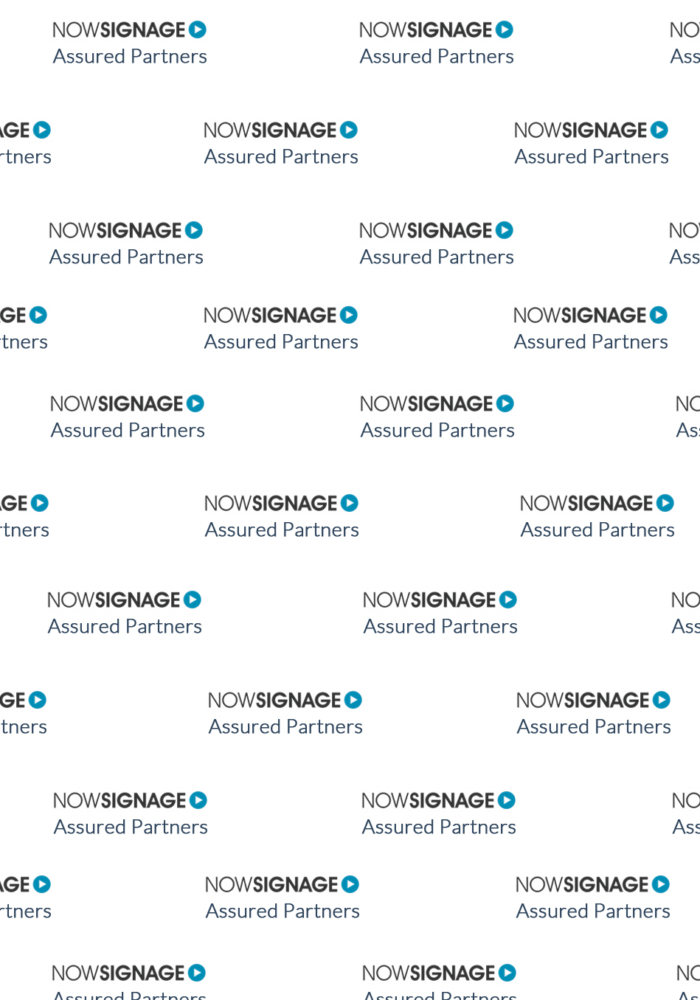What is a Content Management System for Digital Signage?
When it comes to the application of Digital Signage, the term ‘Content Management System’ is just a bit too vague for this particular writer and is already widely used in other creative industries such as print, publishing and website development so when you search online, you can often find a description of the wrong thing.
At its core a Content Management System (CMS) is an effective tool that uses a shared folder structure where multiple authors can update content from any location while sharing it with others. It also keeps track of previous versions and ongoing changes made by collaborators. Developers have advanced this concept further by implementing GIT version control systems, allowing multiple engineers to collaborate on the same source code simultaneously.
Consider a scenario where the entire studio staff has changed over time, and a project from a decade ago is revisited for an artwork update, syndication, or republishing. In such a case, you would still need to locate the original assets and understand the context of the project, wouldn’t you?
These examples illustrate the importance of effective content management and how a strong setup and management process contribute to the long-term viability of any system.
Why do I need a Content Management System?
Imagine now, you have a thousand hungry screens spread across a hundred different locations, with each site featuring ten screens. They may even be in different networks types, Point of Wait (POW), Point of Transit (POT) and Point of Sale (POS) each displaying content at different times tailored to their specific audiences. That’s a lot to handle, and would require a management structure to allow you to do so and a good content strategy to suit the varied nature of the network.
In addition to the functionality that you’d expect from a more traditional content management system, at it’s most basic, a digital signage CMS must also handle the way in which you can publish content to your network. Giving you the ability to easily push content to multiple screens at the same time and giving that content or playlist some kind of structure to tell it how to play the content out.
This structure could be based on a number of simple rules, called conditions, and are based on key variables such as day of the week, time of the day, number of plays, location and even weather or temperature.
Many users prefer to maximize their screen space by zoning their content rather than displaying it in full screen. This approach allows for the inclusion of news tickers, weather feeds, or public transport information. Typically, these functionalities are managed by the content management system.
Choosing the right CMS for you.
Of course, you may just want to handle content across a couple of screens and in just the one site and so much of the above functionality is simply not required or, will never be used. Over the years, some CMS platforms have expanded their features to such an extent that operating them now feels akin to piloting a spacecraft.
Perhaps your CMS is loaded with features but lacks the specific ones needed for your application. For instance, someone managing content across four menu boards in a quick-service restaurant (QSR) will require functionalities distinct from those needed for digital signage in a public transport system. Corporate settings present their own unique needs; in addition to a welcome screen in reception, there are HR or intranet-style messages to communicate, as well as real-time business information displayed in the sales office.
Will it work with my hardware?
Indeed, selecting the right CMS for your project doesn’t guarantee compatibility with your existing hardware. Consider whether your CMS requires Windows, Android, or Linux, and whether you prefer a cloud-based or on-premise solution. Additionally, if you have screens from various manufacturers, does that impact compatibility? And what if there’s legacy software already in place? These are crucial factors to evaluate.
As you can quickly gather, getting this right without some prior experience or knowledge is very unlikely and it’s important to get some help and consultation from the outset. Here at Assured Digital Signage we have tested many different CMS platforms and know what works best with our products. We also have partnerships with vendors who provide top-notch support and regular updates to ensure compatibility and functionality.
Conclusion
In summary, selecting the appropriate CMS for your digital signage project is vital for achieving lasting success. Consider key elements like content management features, network solutions, and hardware compatibility to make an informed choice. With our expertise and partnerships, we are here to help you find the perfect CMS tailored to your needs, ensuring seamless integration with our products. Reach out to us today to discover how we can assist you in this process.



